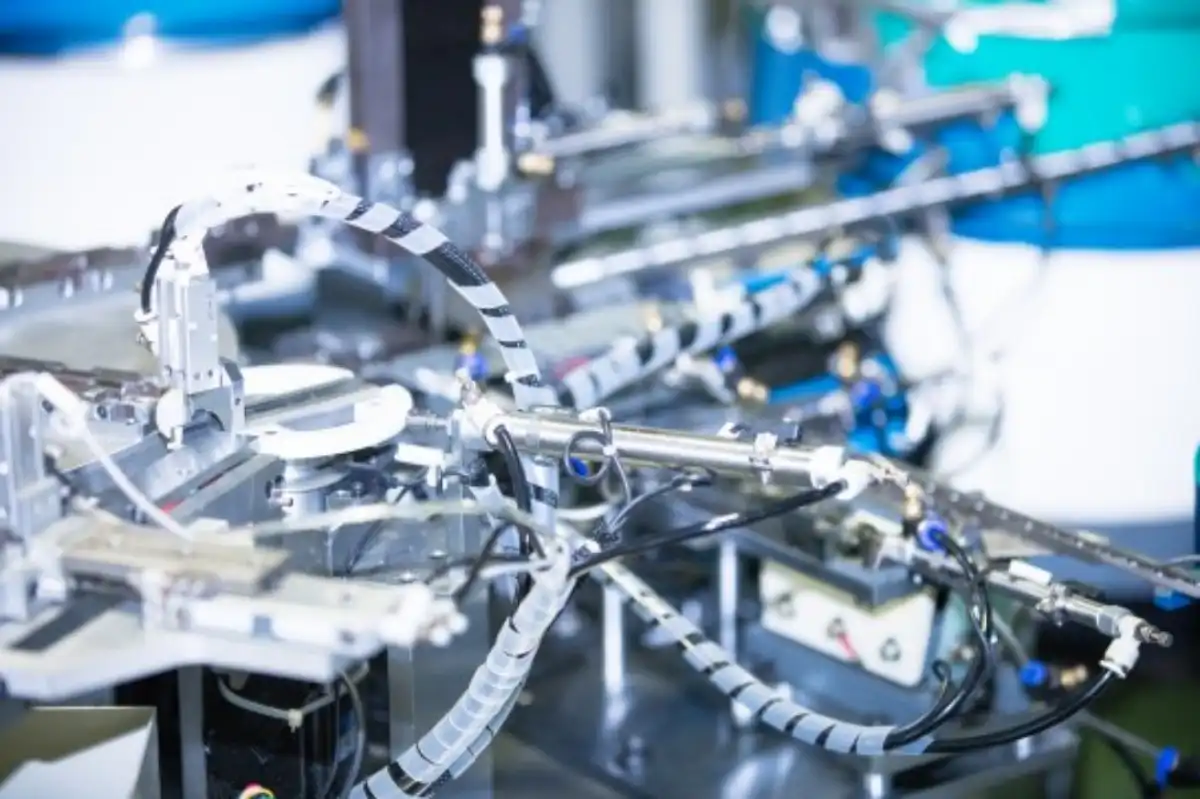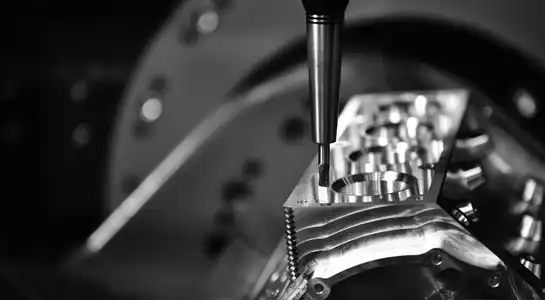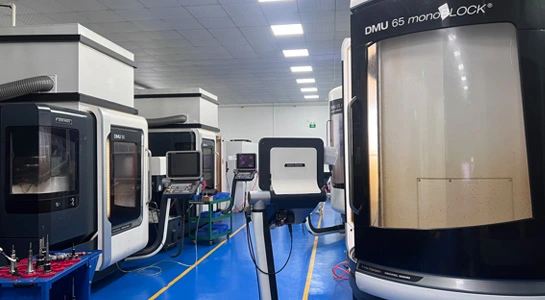Material Selection and Engineering Considerations
Choosing the Right Materials
Selecting the appropriate materials for automotive prototype parts is a critical decision that can significantly impact the overall performance and functionality of the final product. Manufacturers must carefully consider factors such as strength, durability, weight, and cost-effectiveness when choosing materials. Common options include:
- Metals: Aluminum, steel, and titanium
- Plastics: ABS, polycarbonate, and nylon
- Composites: Carbon fiber and fiberglass
Each material has its unique properties and advantages, making it suitable for specific applications within the automotive industry. For example, lightweight materials like aluminum or carbon fiber may be preferred for parts that need to reduce overall vehicle weight, while high-strength steel might be chosen for components that require exceptional durability.
Design for Manufacturability (DFM)
Implementing Design for Manufacturability principles is crucial when creating automotive prototype parts. DFM ensures that the parts can be efficiently produced while maintaining the desired quality and functionality. Key considerations include:
- Simplifying part geometry to reduce manufacturing complexity
- Minimizing the number of components to streamline assembly
- Incorporating features that facilitate easy production and quality control
By adopting DFM practices, manufacturers can reduce production costs, improve product quality, and accelerate time-to-market for new automotive designs.
Tolerances and Precision
Maintaining tight tolerances and high precision is essential in automotive prototype parts manufacturing. Accurate dimensions and smooth surface finishes are crucial for ensuring proper fit, function, and performance of components. Manufacturers must consider:
- Specifying appropriate tolerances based on part functionality
- Selecting manufacturing processes that can achieve the required precision
- Implementing quality control measures to verify dimensional accuracy
By prioritizing precision and adhering to specified tolerances, manufacturers can ensure that prototype parts meet the exacting standards required in the automotive industry.
Manufacturing Processes and Technologies
Rapid Prototyping Techniques
Rapid prototyping technologies have revolutionized the automotive prototype parts manufacturing process. These advanced techniques allow for quick iteration and testing of designs, significantly reducing development time and costs. Popular rapid prototyping methods include:
- 3D printing (additive manufacturing)
- CNC machining
- Vacuum casting
Each of these techniques offers unique advantages in terms of speed, cost-effectiveness, and material options. For instance, 3D printing is excellent for creating complex geometries quickly, while CNC machining provides high precision for metal parts.
Traditional Manufacturing Methods
While rapid prototyping techniques are gaining popularity, traditional manufacturing methods still play a vital role in producing automotive prototype parts. These methods are often preferred for larger production runs or when specific material properties are required. Common traditional manufacturing processes include:
- Injection molding
- Die casting
- Sheet metal fabrication
These methods offer advantages such as consistent quality, high production rates, and the ability to work with a wide range of materials. Manufacturers must carefully evaluate the pros and cons of each method to determine the most suitable approach for their specific prototype requirements.
Hybrid Manufacturing Approaches
In many cases, a combination of rapid prototyping and traditional manufacturing techniques can yield the best results for automotive prototype parts. Hybrid approaches allow manufacturers to leverage the strengths of multiple processes, optimizing for factors such as:
- Speed of production
- Cost-effectiveness
- Material properties
- Precision and quality
For example, a manufacturer might use 3D printing to create a complex prototype quickly, then refine the design and produce a small batch using injection molding for functional testing. This flexible approach enables efficient iteration and optimization of designs before committing to full-scale production.

Quality Control and Testing
Implementing Robust Quality Assurance Processes
Ensuring the quality of automotive prototype parts is paramount for manufacturers. Implementing comprehensive quality assurance processes helps identify and address potential issues early in the development cycle. Key aspects of quality control include:
- Dimensional inspection using advanced metrology equipment
- Material testing to verify properties and performance
- Visual inspections for surface finish and cosmetic defects
By establishing rigorous quality control procedures, manufacturers can maintain consistency and reliability in their prototype parts, leading to more successful product development outcomes.
Functional Testing and Validation
Automotive prototype parts must undergo thorough functional testing to ensure they meet the required performance standards. This testing phase typically involves:
- Simulated real-world conditions to assess durability and reliability
- Stress testing to evaluate structural integrity
- Environmental testing to determine resistance to temperature, humidity, and other factors
Through comprehensive functional testing, manufacturers can identify potential design flaws or performance issues before moving forward with mass production, saving time and resources in the long run.
Iterative Design and Refinement
The prototyping process is inherently iterative, with each version of a part providing valuable insights for improvement. Manufacturers should embrace this iterative approach by:
- Analyzing test results and gathering feedback from stakeholders
- Implementing design changes based on performance data
- Rapidly producing revised prototypes for further testing
This continuous cycle of testing, analysis, and refinement ensures that the final automotive prototype parts meet or exceed all necessary requirements before moving into full-scale production.
Conclusion
Navigating the complex landscape of automotive prototype parts manufacturing requires careful consideration of materials, design principles, manufacturing processes, and quality control measures. By focusing on these key areas, manufacturers can produce high-quality prototype parts that drive innovation and success in the automotive industry. Embracing advanced technologies, implementing robust quality assurance processes, and adopting an iterative approach to design and testing are essential strategies for staying competitive in this rapidly evolving field. As the automotive industry continues to push the boundaries of performance and efficiency, the role of well-crafted prototype parts in driving progress cannot be overstated.
FAQs
1. What are the most common materials used for automotive prototype parts?
Common materials include metals like aluminum and steel, plastics such as ABS and polycarbonate, and composites like carbon fiber.
2. How does rapid prototyping benefit automotive manufacturers?
Rapid prototyping allows for quick iteration, reduced development time, and cost-effective testing of new designs.
3. Why is quality control important in prototype part manufacturing?
Quality control ensures that prototype parts meet required specifications, perform as intended, and provide accurate data for design refinement.
Expert Automotive Prototype Parts Manufacturing | BOEN
At BOEN Prototype, we specialize in delivering high-quality automotive prototype parts to support your product development needs. Our expertise in CNC machining, rapid injection molding, and advanced 3D printing technologies enables us to provide fast turnaround times and exceptional quality. As a leading supplier and manufacturer in the industry, we pride ourselves on finding innovative solutions for even the most complex prototyping challenges. Contact us at contact@boenrapid.com to learn how we can support your automotive prototyping needs.

References
Smith, J. (2022). Advanced Materials in Automotive Prototyping. Journal of Automotive Engineering, 45(3), 234-248.
Johnson, R., & Williams, T. (2021). Rapid Prototyping Technologies in the Automotive Industry. International Journal of Manufacturing Technology, 18(2), 112-126.
Brown, A. (2023). Quality Control Strategies for Automotive Prototype Parts. Automotive Quality Review, 37(1), 56-70.
Davis, M., & Thompson, K. (2022). Design for Manufacturability in Automotive Prototyping. Journal of Product Design and Development, 29(4), 301-315.
Lee, S. (2023). Hybrid Manufacturing Approaches for Automotive Prototypes. Advanced Manufacturing Technology Quarterly, 52(2), 178-192.
Wilson, E. (2021). Functional Testing and Validation of Automotive Prototype Parts. International Journal of Automotive Testing, 14(3), 223-237.





